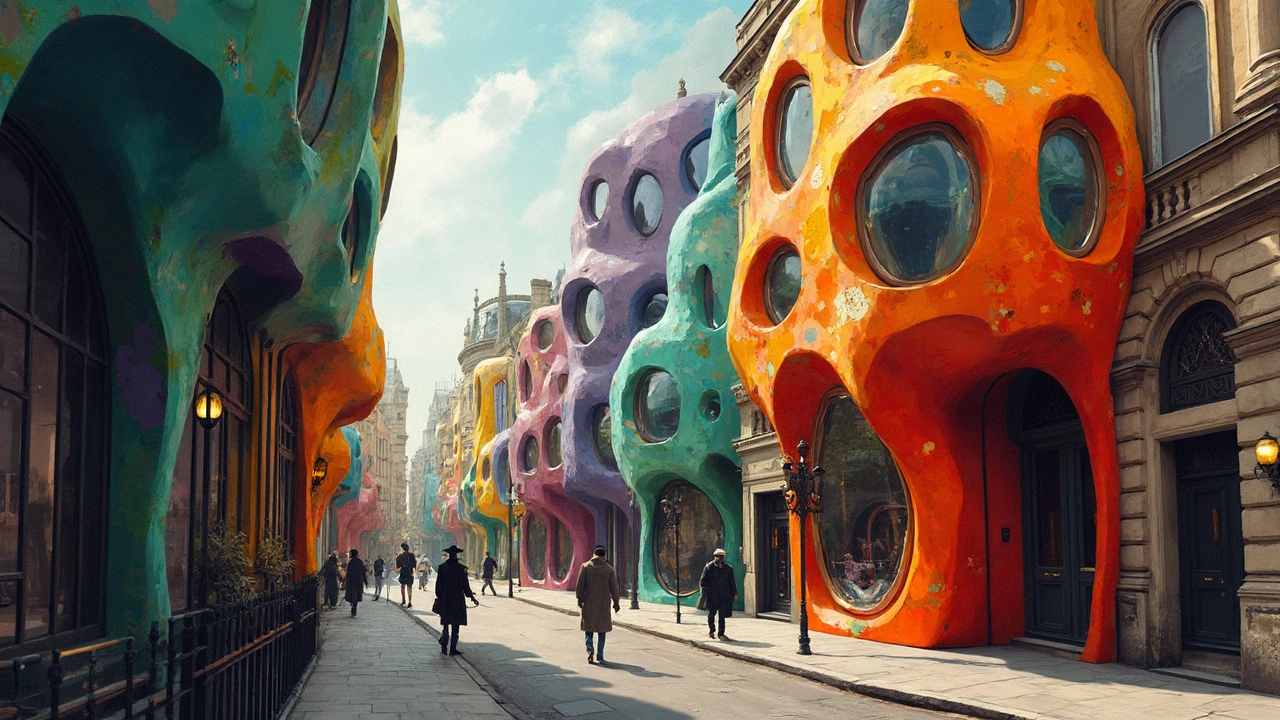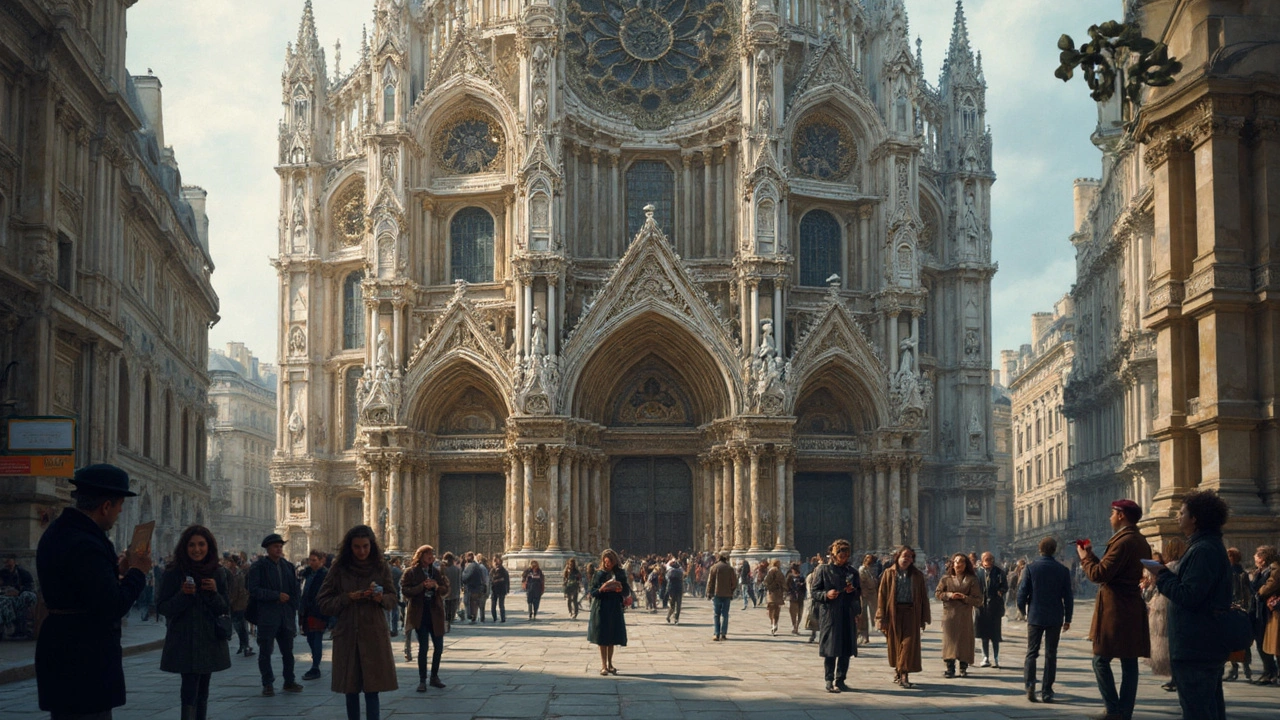Architecture History: How to Read Buildings and Why It Matters
Most cities wear their history on their facades — you just need to learn the language. Think of Gothic spires, Roman arches, or Greek columns as clear words in a sentence about power, faith, or practicality. When you recognize a style, you read the city differently and notice choices builders made centuries ago.
Architecture history isn't only for experts. You can spot key features with a little practice. Look for rounded arches and thick walls for Romanesque; pointed arches and flying buttresses for Gothic; domes and mosaics for Byzantine; symmetry and sash windows for Georgian. Modern styles shout too: postmodern buildings mix classic references with bold colors, while minimalism trims everything to essentials.
Why care? Because history explains why cities feel a certain way. Georgian townhouses create calm streets; Baroque palaces aim for drama; Beaux-Arts buildings show civic pride. That knowledge helps you pick neighborhoods, judge restoration quality, or photograph buildings with purpose.
Want quick field tips? Carry a small notebook or use a phone app to jot features and dates. Take photos of facades, cornices, and rooflines from ground level and a bit of distance. Compare shots with a short guide or an online article to match details. Most historic styles have two or three signature features—learn those and you can ID a building fast.
If you're traveling, mix famous sites with small streets. The Colosseum and Hagia Sophia teach big lessons, but alleyway churches and townhouse rows teach how people actually lived. Tour local museums for models and maps; they often explain construction methods that you won't get from a street view.
Preservation matters and you can notice when a building is well cared for. Fresh mortar that matches original stone, period-appropriate windows, and proper rooflines are good signs. Avoid places where modern additions ignore scale or materials; patch jobs that clash usually hurt the value and the story.
Want to explore deeper at home? Read focused essays on styles you love—Renaissance for classical detail, Art Nouveau for organic ornament, or American Craftsman for honest materials. Try a short project: pick one style, find five local examples, and note why each fits the style. You'll build an eye fast.
Architecture history also links to social stories. Buildings show who had money, what materials were available, and how people worshipped or governed. A palace says different things than a factory, and both tell real stories about daily life.
Start small, stay curious, and keep a practical goal: identify a style, understand its purpose, and notice how it affects modern design. With that set of skills, every walk becomes a mini-lesson in history and design.
Start with a book or a reliable website, and join a local walking tour with others. Use museum guides, city plaques, and online image searches to confirm dates and materials. Over time you'll spot patterns — why coastal towns favor certain roofs, or why factories look spare and rugged. Share your finds on social media naming the style.

Expressionist Architecture: The Power of Emotion in Design
Expressionist architecture tosses out the rulebook and lets buildings show emotion, almost like they're alive. This article explains why some buildings look wild or dreamlike, and how that happened just after World War I. You’ll see how architects used color, shape, and bold materials to shake up cities and inspire the world. Get ready for real-life examples and practical tips to spot expressionist elements around you. The style still wows people and stirs feelings even now.
Read more
Baroque Architecture: The Unforgettable Charm That Changed Cities
Baroque architecture isn't just about fancy churches and palaces—it's a statement, bold and full of personality. This article breaks down why baroque buildings catch everyone’s eye, what details to watch for, and where you can see the best examples around the world. You'll learn why these structures feel so dramatic and alive, plus what to look for if you want to spot real baroque style. Whether you're planning a trip or just want to sound smart at a dinner party, we've got the facts and tips you need.
Read more